- Equipment >
- Water, Electricity >
- Battery
Batteries
{{product.productLabel}} {{product.model}}
{{#if product.featureValues}}{{product.productPrice.formattedPrice}} {{#if product.productPrice.priceType === "PRICE_RANGE" }} - {{product.productPrice.formattedPriceMax}} {{/if}}
{{#each product.specData:i}}
{{name}}: {{value}}
{{#i!=(product.specData.length-1)}}
{{/end}}
{{/each}}
{{{product.idpText}}}
{{product.productLabel}} {{product.model}}
{{#if product.featureValues}}{{product.productPrice.formattedPrice}} {{#if product.productPrice.priceType === "PRICE_RANGE" }} - {{product.productPrice.formattedPriceMax}} {{/if}}
{{#each product.specData:i}}
{{name}}: {{value}}
{{#i!=(product.specData.length-1)}}
{{/end}}
{{/each}}
{{{product.idpText}}}

Load capacity: 15 Ah
The Dometic PLB15 is a highly efficient 15Ah Lithium Iron Phosphate battery that can provide up to 192Wh at 12V, making it a reliable source of power for your portable electronic devices, such as cool boxes, laptops, ...
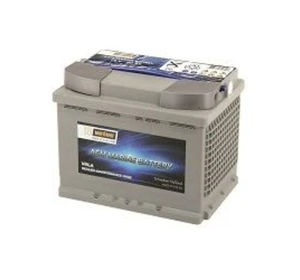
Load capacity: 60 Ah
Height: 190 mm
Width: 175 mm
... in normal usage, the battery cannot leak. Even if the battery is accidentally dropped and the casing is damaged, the battery cannot leak as all the electrolyte is enclosed within the ...
VETUS
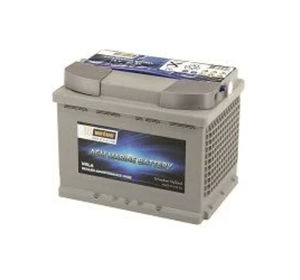
Load capacity: 70 Ah
Height: 190 mm
Width: 175 mm
... in normal usage, the battery cannot leak. Even if the battery is accidentally dropped and the casing is damaged, the battery cannot leak as all the electrolyte is enclosed within the ...
VETUS
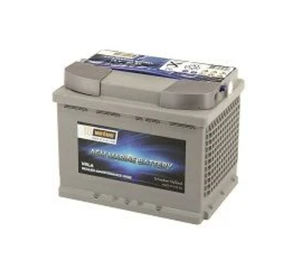
Load capacity: 90 Ah
Height: 190 mm
Width: 175 mm
... that the battery cannot leak in normal usage. Even if the battery is accidentally dropped and the casing sustaining damage, the battery cannot leak as the electrolyte is entirely enclosed ...
VETUS
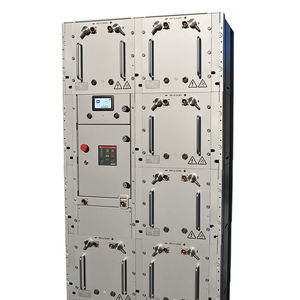
... the field of energy storage, the battery storages belong to the most common and most efficient storage systems. PBES (www.pbes.com/) is the market leader in the field of lithium-ion battery storage ...
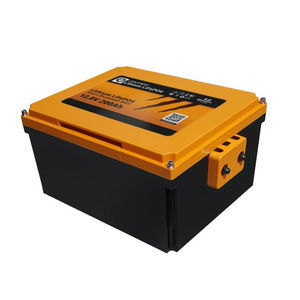
Load capacity: 200 Ah
Height: 187 mm
Width: 280 mm
... important battery data in view on your smartphone or tablet. Among other things, the app displays the following data in real-time: ▪ Battery state of charge in % (SoC) ▪ Battery voltage ...
LIONTRON
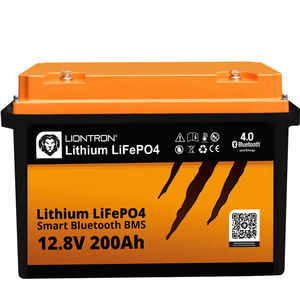
Load capacity: 200 Ah
Height: 255 mm
Width: 233 mm
Drop-In replacement for lead batteries with maximum service life. LIONTRON LifePO4 batteries are a full 12V lead battery replacement with all the advantages of lithium iron phosphate. ...
LIONTRON
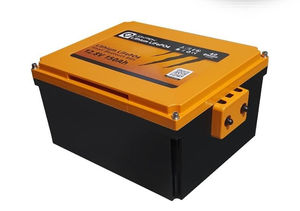
Load capacity: 150 Ah
Height: 187 mm
Width: 280 mm
... important battery data in view on your smartphone or tablet. Among other things, the app displays the following data in real-time: ▪ Battery state of charge in % (SoC) ▪ Battery voltage ...
LIONTRON
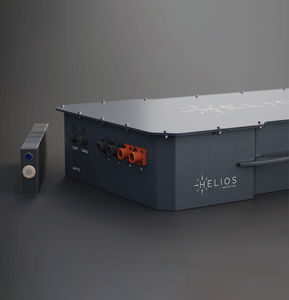
Load capacity: 175 Ah
Height: 138 mm
Width: 548 mm
IP67 Marine Grade Battery & Battery Systems Our LFP batteries are purpose-built for marine applications, delivering reliable power and ensuring safe operation. With an advanced Battery ...

Load capacity: 100, 200 Ah
Height: 240, 223 mm
Width: 172, 218 mm
... -lasting of all battery technologies. If you follow the operating instructions, you'll be able to use this battery for over ten years. Up to 4,000 cycles. A Lithium Iron LiFePO4 battery ...
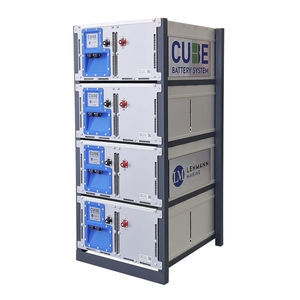
Height: 250 mm
Width: 415 mm
... functionality. A battery cluster with up to 16 battery strings and 1 control cabinet provides a capacity of 2.2 MWh. The CUBE system is scalable from a few kWh to several MWh and allows for optimal ...
Lehmann Marine GmbH

Premium Lithium-Ion battery • High power density, only 25 kg • 12 V 160 Ah, Li Fe PO4 • Can be discharged up to 100% • 5000 cycles at average use • Perfect for larger 12/24/48 VDC systems TECHNICAL SPECIFICATIONS Battery ...
WhisperPower

... important to have full control over every battery cell’s charging status. Therefor our batteries have a built in Battery Monitoring System (BMS), but not many lithium batteries ...
GreenStar Marine
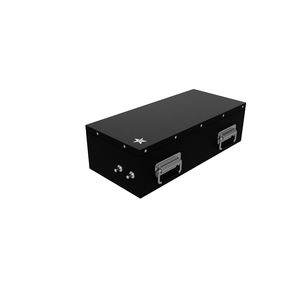
Lithium batteries are suitable for those who want maximum performance, to save weight, sail a lot and who want to charge their batteries quickly. Lithium batteries cost more but are virtually ...
GreenStar Marine
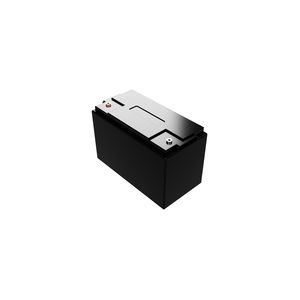
... Cycle AGM Lead Acid Batteries Lead-acid batteries are suitable for those who need weight in the boat, or do not want to spend too much money on batteries initially. We are strong proponents ...
GreenStar Marine

The Lithium-ion Battery (14.8V, 18Ah) is a high capacity custom battery pack made from high quality 18650 lithium-ion cells designed for use in the BlueROV2, and fits perfectly inside a 3″ Watertight ...
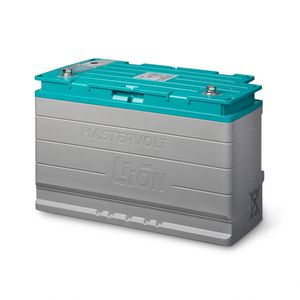
Load capacity: 100 Ah
Height: 210 mm
Width: 173 mm
... Phosphate (LiFePO4) cells with a proprietary Battery Management System (BMS) inside a sturdy, waterproof housing. The sophisticated Mastervolt BMS ensures optimal use of each individual cell. Integrated battery ...
Mastervolt
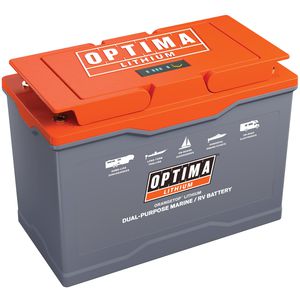
Load capacity: 120 Ah
Height: 240 mm
Width: 173 mm
... performance with 120Ah, 120% the capacity of most GR31 batteries. Industry-leading communications via NMEA 2000 and Bluetooth app that displays battery status. Advanced microprocessor-controlled battery ...
Optima Batteries
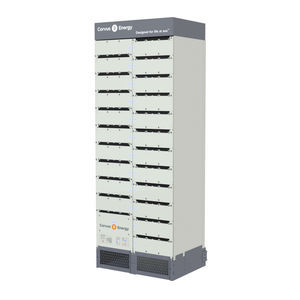
Load capacity: 128 Ah
Height: 1,260, 2,241 mm
Width: 865, 1,730, 6,920 mm
The Corvus Orca ESS is the most installed marine battery energy storage system worldwide, operating in over 700 vessels and maritime applications around the world. Suitable for a variety of marine applications ...
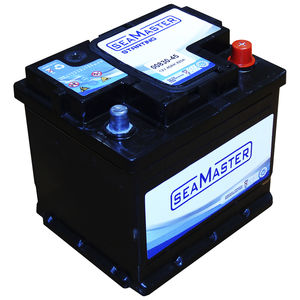
MARINE BATTERIES / BATTERY HOLDERS / CONNECTORS MARINE BATTERIS SEALED TYPE 12V Marine batteries sealed type with 1 year guarantee.
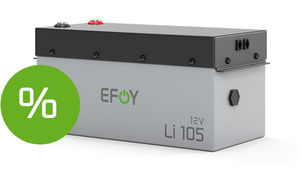
Load capacity: 105 Ah
Height: 190 mm
Width: 175 mm
... positive effect on the service life. The battery for winter The EFOY lithium battery works even in ice and snow, which is a clear advantage over all other lithium batteries. Commercially ...
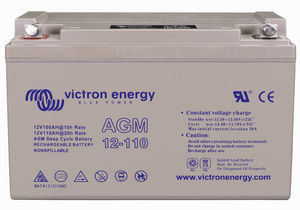
Load capacity: 8 Ah - 265 Ah
... with M8 drilled, flat copper terminals ensuring best possible connection contact and eliminating the need for battery terminals. The batteries are compliant with both CE and UL specifications in ABS fireproof ...
Victron Energy
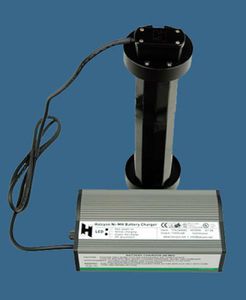
... advantage of the Nickel-Metal Hydride (NiMH) battery technology that emerged nearly thirty years ago from research on the storage of hydrogen for use as an alternative energy source. Several emerging battery ...
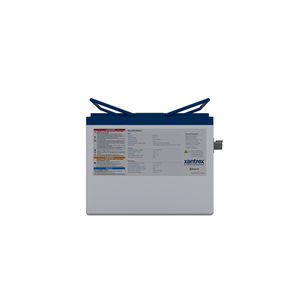
Load capacity: 105 Ah
Height: 209 mm
Width: 168 mm
... and marine applications, the Xantrex Lithium-Ion battery lasts up to 6,000 cycles compared to a traditional lead acid or AGM battery, which typically lasts 400-500 cycles. The Xantrex Lithium-Ion battery ...
Xantrex
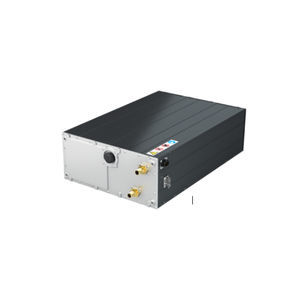
Load capacity: 59 Ah
Height: 225 mm
Width: 509 mm
... spread of <1° throughout the module, resulting in great battery lifetime. Very low risk of battery fires Intensively tested safety features stand for a very low risk of fire propagation or battery ...
KREISEL Electric
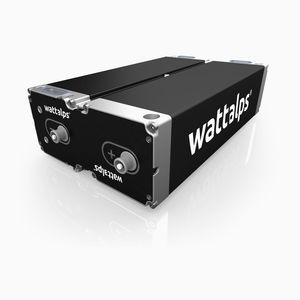
... parallel allows for batteries with a voltage ranging from 48 V up to 1,000 V. The energy density of our modules positions our battery at the edge of the technology by approaching 300 Wh/L.This « brick ...
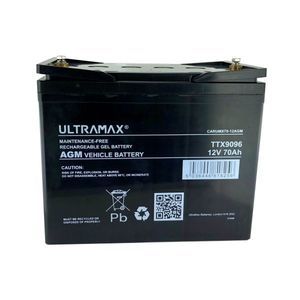
Load capacity: 70 Ah
Height: 220 mm
Width: 164 mm
... 70Ah Maintenance-free AGM GEL Leisure & Marine Battery. Dimensions L 258mm x W 164mm x H 220mm inc posts. (12V 70Ah) AGM, DEEP CYCLE BATTERIES, MAINTENANCE FREE SEALED GEL CELL BATTERY. AGM ...
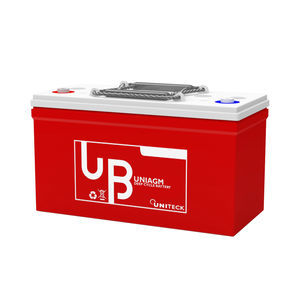
Load capacity: 80 Ah
... high-absorbent, carbon additive ...), UNIAGM batteries offer cycling performance and service life up to 2 times higher than most batteries in the same category. Thanks to their unique internal design, ...
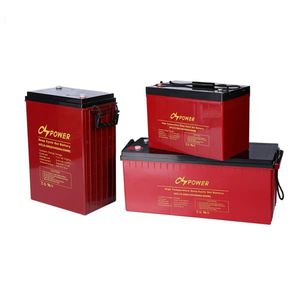
Load capacity: 14 Ah - 420 Ah
Height: 96 mm - 404 mm
Width: 99 mm - 178 mm
... Temperature Solar Deep Cycle long life Gel battery, best choice to work in hot/cold temperature sites and maintain long service life over 18years. High-temperature sealed free maintenance deep cycle GEL battery ...
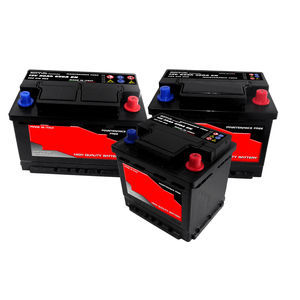
Load capacity: 35 Ah - 240 Ah
Height: 190 mm - 242 mm
Width: 132 mm - 273 mm
... industrial applications. AVS batteries are designed to ensure quick and safe starting in all conditions, offering the power you need when you need it most. Main Features of the AVS Series Starter Batteries: Starting ...
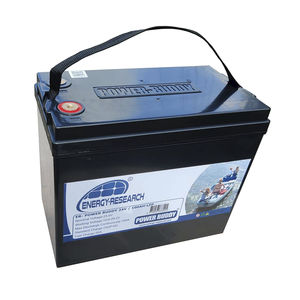
Load capacity: 100 Ah
Height: 252 mm
Width: 170 mm
... use of the battery. The ER-Power Buddy comes in a 12V, 24V, 36V and 48V version, suitable for electrical outboard boat engines, caravans, solar storage and more. Lithium battery app Why choose our ...
Your suggestions for improvement:
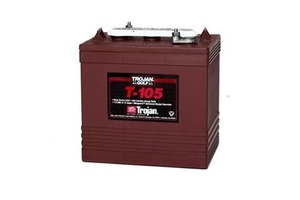
Batteries are energy storage units using electro-chemical processes. They are usually protected by plastic cases (plastic being a particularly poor electrical conductor).
ApplicationsBatteries power many types of motors and devices.
TechnologiesThe operating principle is mostly based on a reversible reduction/oxidation process during which one of the battery components oxidizes whilst another reduces. The process doesn't consume the elements and merely changes their electrical charge.
Batteries can be connected in series to increase voltage or in parallel to increase capacitance. The two systems can be combined to increase both voltage and capacitance.
Take into account the batteries' capacitance, lifespan and voltage (so as to properly power electrical devices).
Consider the batteries' dimensions and operating principle (nickel, manganese, lead...), etc.
- Non-polluting energy
the best suppliers
Subscribe to our newsletter
Receive regular updates on this section.
Please refer to our Privacy Policy for details on how NauticExpo processes your personal data.
- Brand list
- Manufacturer account
- Buyer account
- Our services
- Newsletter subscription
- About VirtualExpo Group



























Please specify:
Help us improve:
remaining